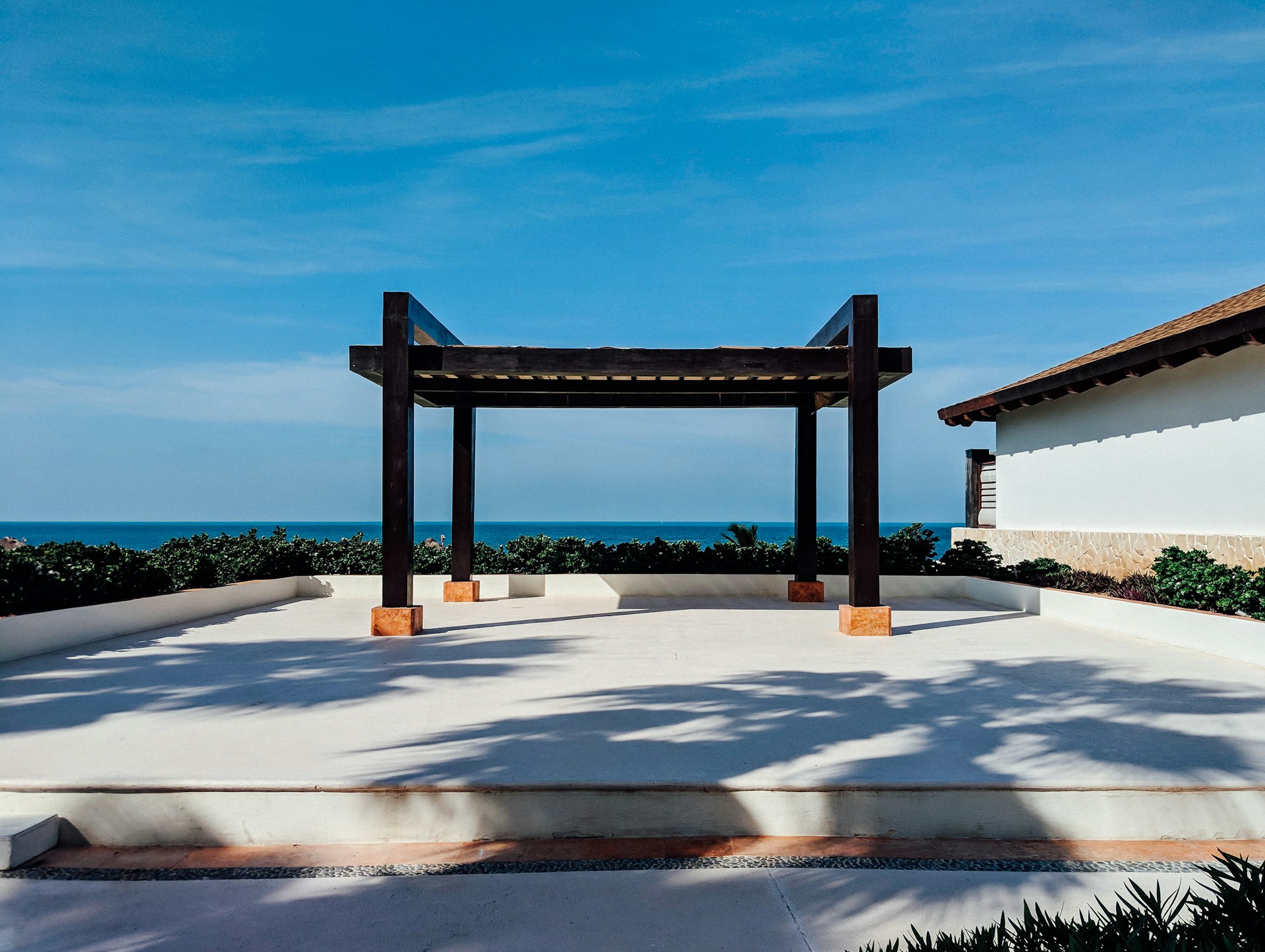"Reinventing Space: The Emerging Trend of Multi-Functional Home Design"
Introduction: In an era where the boundaries between work, play, and rest are increasingly blurred, multi-functional home design emerges as a transformative trend. This innovative approach leverages flexibility and functionality to redefine our living spaces, reflecting the evolving rhythms of our modern lives. Let's delve into the roots of this trend, its implications, and how it's reshaping the face of contemporary home design.

The Roots of Multi-Functional Design
Multi-functional design has its roots in the minimalist movement of the mid-20th century, where less was considered more. The philosophy centered on the idea of simplicity and functionality, stripping down objects to their essential elements. This trend lay dormant for several years, but the shifting patterns of modern life have breathed new life into it. Today’s multi-functional design is all about adaptability, making the most of limited space, and ensuring each element serves multiple purposes.
The Rise of Multi-Functional Spaces
Gone are the days when each room in a house served a single purpose. The living room is no longer just for entertaining guests; it now doubles as a workspace, a play area, or even a makeshift gym. This shift towards multi-functional spaces is driven by various factors, including shrinking living spaces, growing urban population, and the rise of remote work and online schooling. This trend is particularly prevalent in urban apartments and co-living spaces, where the optimization of space is crucial.
The Art of Multi-Functional Design
Multi-functional design is not just about cramming multiple activities into one room—it’s about thoughtful design that ensures each function co-exists harmoniously. The key is flexibility. Furniture that can be folded, stacked, or moved around easily, modular units that can be rearranged as per need, and smart storage solutions that hide clutter are all essential components of multi-functional design.
Market Trends and Practical Applications
The multi-functional design trend has led to a surge in demand for innovative furniture and home decor items. From sofa-cum-beds to desks that double as dining tables, the market is flooded with products that help homeowners make the most of their space. Besides, this design trend is not just about practicality—it also adds an element of surprise and novelty to the decor, enhancing the overall aesthetic appeal.
The Future of Multi-Functional Design
As our lives continue to evolve, so will our living spaces. With the rise of remote work and the increasing focus on sustainable living, the multi-functional design trend is here to stay. It’s not just about creating more space—it’s about creating better, more livable spaces that adapt to our changing needs.
In conclusion, multi-functional design represents a profound shift in how we perceive and utilize space. It’s about more than just aesthetics—it’s a reflection of our evolving lifestyle and a testament to our ability to adapt and innovate. Whether you’re a homeowner looking to reimagine your living space or a design enthusiast keen on staying abreast of the latest trends, understanding the principles and implications of multi-functional design is essential.




